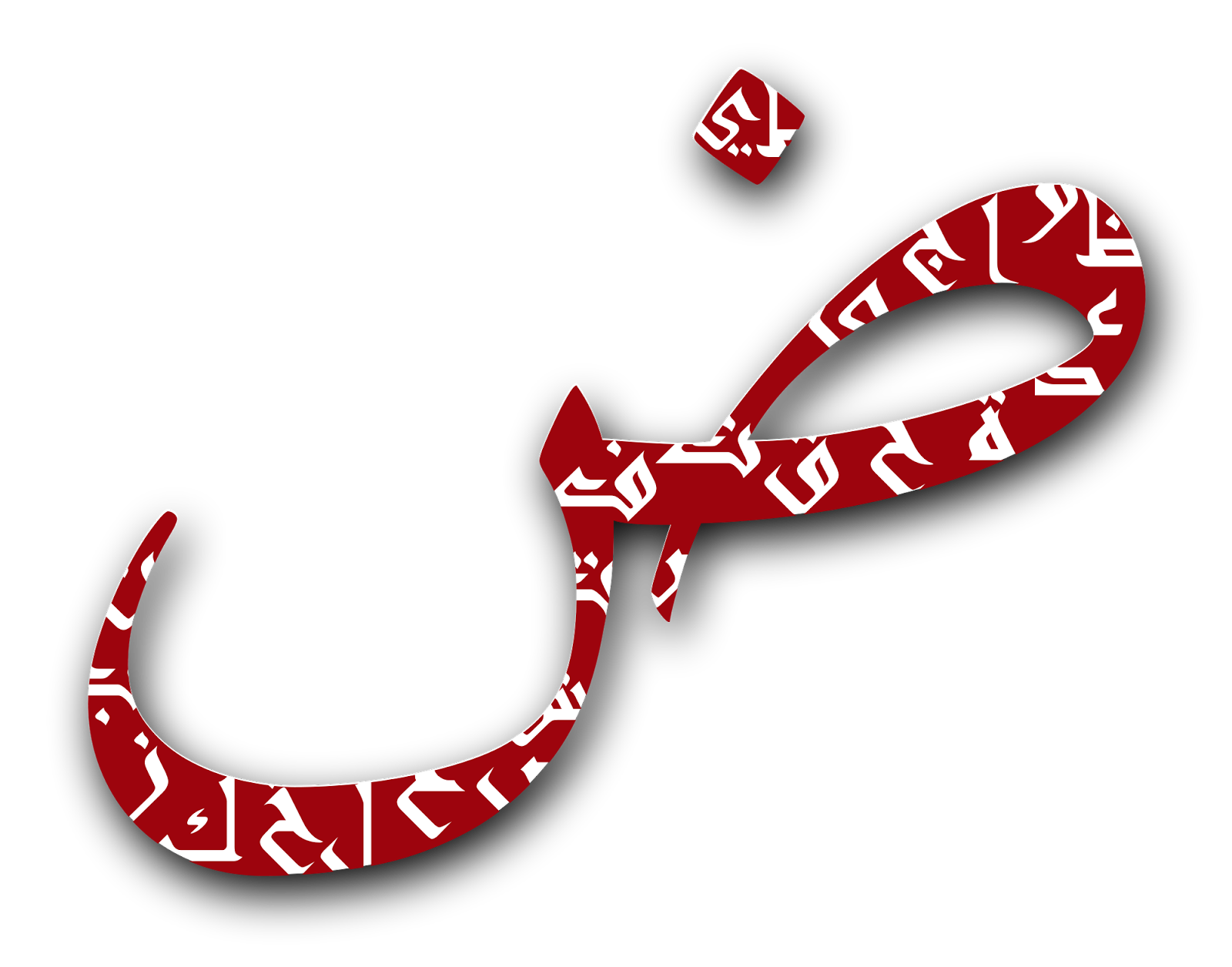To be or not to be? Arabic simply said :bugs-no: to verb to be :gigachad-hd:
Yes, we don’t use verb to be (in the present tense).
In Arabic, we have two types of sentences:
If a sentence begins with a noun (or pronoun), that’s a nominal sentence.
If a sentence begins with a verb, that’s a verbal sentence.
Let’s talk about the nominal sentence. It refers to the present tense, and does not require verb to be. It consists of two parts:
مُبتَدَأ
mubtada’ the subject of a nominal sentence (literally means the noun that starts the sentence)
خَبَر
khabar the predicate of a nominal sentence “the comment”. The word also means a piece of news.
Examples:
أَنتَ أَحمَد
You [are] Ahmad ‘anta ‘aHmad
عَلي سَعيد
Ali [is] happy عalii saعiid
More examples
هَذا كَلب
This [is] a dog hazaa kalb
الكَلب سَريع
The dog [is] fast al-kalb sariiع
Arabic doesn’t have an indefinite article fyi.
Think of it this way: when you read or hear a sentence that begins with a noun, that is a “setup” and so you’d just wait for the “punchline” i.e. the predicate (خبر, comment, news).
This means you can express a lot in Arabic without knowing any verbs :cool-bean:
Verbal sentences:
A verbal sentence starts with a verb, and has this basic word order: verb + subject + object or complement.
فَتَحَ الكَلب الباب
The dog opened the door fataHa al-kalb al-baab
كَتَبَ الوَلَد اِسمه
The boy wrote his name kataba al-walad ‘ismh
More examples
وَجَدَ الكِتاب
He found the book wajada l-kitab
وَجَدَت الكِتاب
She found the book wajadat al-kitab
Choose the correct answer
خَ + ل + م + مَ + ف = ؟
1) جَلممَف
2) خَلممَف
3) خَاممَف
4) خَلمَّف
Transliterate your answer.
homework
I think it’s 2) and the transliteration is something like Khalmmaf. It’s like the doggy’s name from the earlier lesson with a couple of memes
spoiler
Ah okay, I went and checked the other responses in this thread and it seems like I fell for the trick
 clearly didn’t pay enough attention last lesson
clearly didn’t pay enough attention last lesson
@blight@hexbear.net @ButtBidet@hexbear.net @xiaohongshu@hexbear.net @mathemachristian@hexbear.net @oscardejarjayes@hexbear.net @aebletrae@hexbear.net @Hermes@hexbear.net @bunnygirl@hexbear.net @iie@hexbear.net @awth13@hexbear.net @peeonyou@hexbear.net @Ath3ro@hexbear.net @SevenSkalls@hexbear.net @KuroXppi@hexbear.net @Alf@hexbear.net @malak@hexbear.net @Champoloo@hexbear.net @PorkrollPosadist@hexbear.net @qtop@hexbear.net @whatnots@hexbear.net
❤️

In the examples وَجَدَ الكِياب and وَجَدَت الكِتاب , it looks like there might only be a verb and an object, but no subject. Are وَجَدَ and وَجَدَت exclusively “he” and “she found”, or are they more general masculine and feminine forms where “he” and “she” are only default subjects if one is not explicitly stated?
Could I say:—
وَجَدَ عَلي الكِتاب
وَجَدَت نور الكِتاب
or would specifying the subject require another form(s)? Since the previous example, كَتَبَ الوَلَد اِسمه, does include a subject and seems to use the same 1a2a3a form (كَتَبَ, وَجَدَ), I’m inclined to think at least the first one could be okay, but maybe it’s just a coincidence.Answer
٤) خَ + ل + م + مَ + ف = خَلمَّف
khalmmafAlso, “7” is an alternative to “H” as a transliteration for ح, right?
It’s all about how we do verb conjugation. In Arabic verb conjugation not only tells you the number (singular, dual or plural) but also the gender of the subject. So there is no need to include a pronoun subject.
he found = وَجَدَ just one word in Arabic, the conjugated verb. We can include a pronoun subject if we wanna add emphasis for example, وَجَدَ هو ‘he found’
Could I say:—
وَجَدَ عَلي الكِتاب
وَجَدَت نور الكِتاب
Yes that is how we’d say it

Also, “7” is an alternative to “H” as a transliteration for ح, right?
Yeah, and it’s used in Arabizi. It’s because of the similarity between 7 & ح.
answer
Trick question? Putting it literally together would be 2) khalmmaf, but correctly would be 4) since miim is doubled. خَ + ل + م + مَ + ف = khalmmaf
spoiler
You got it

oh yay some things are coming back to me






